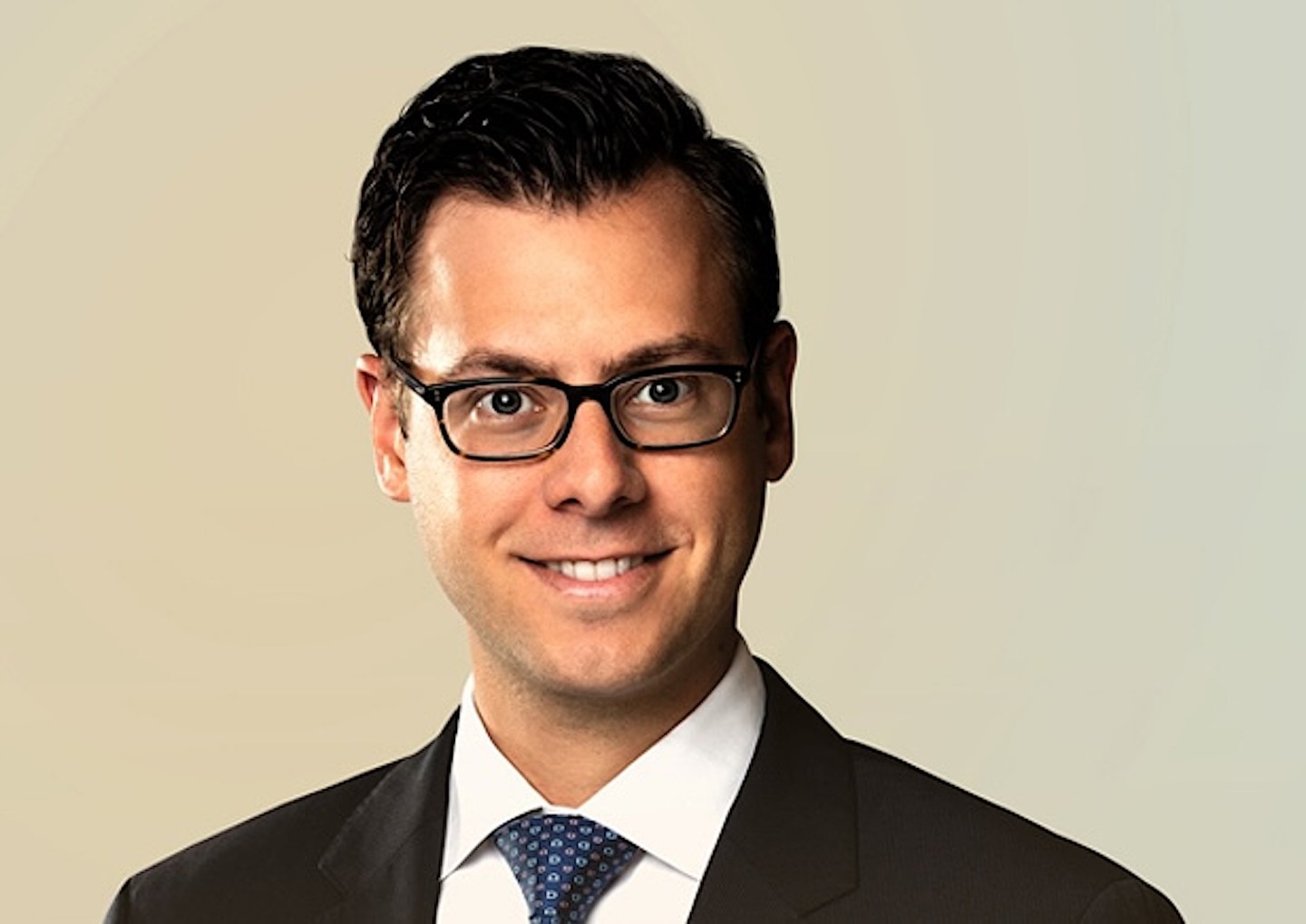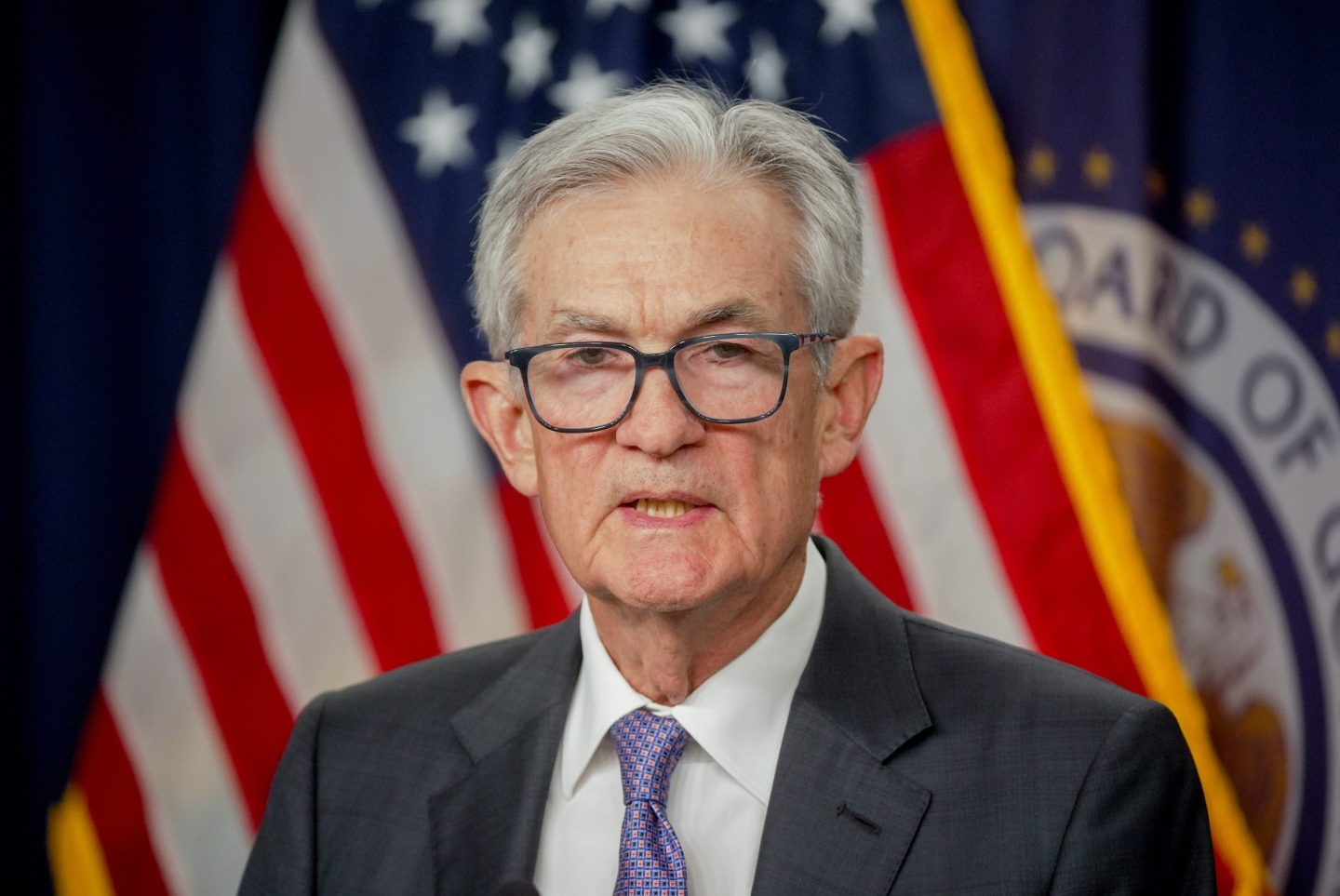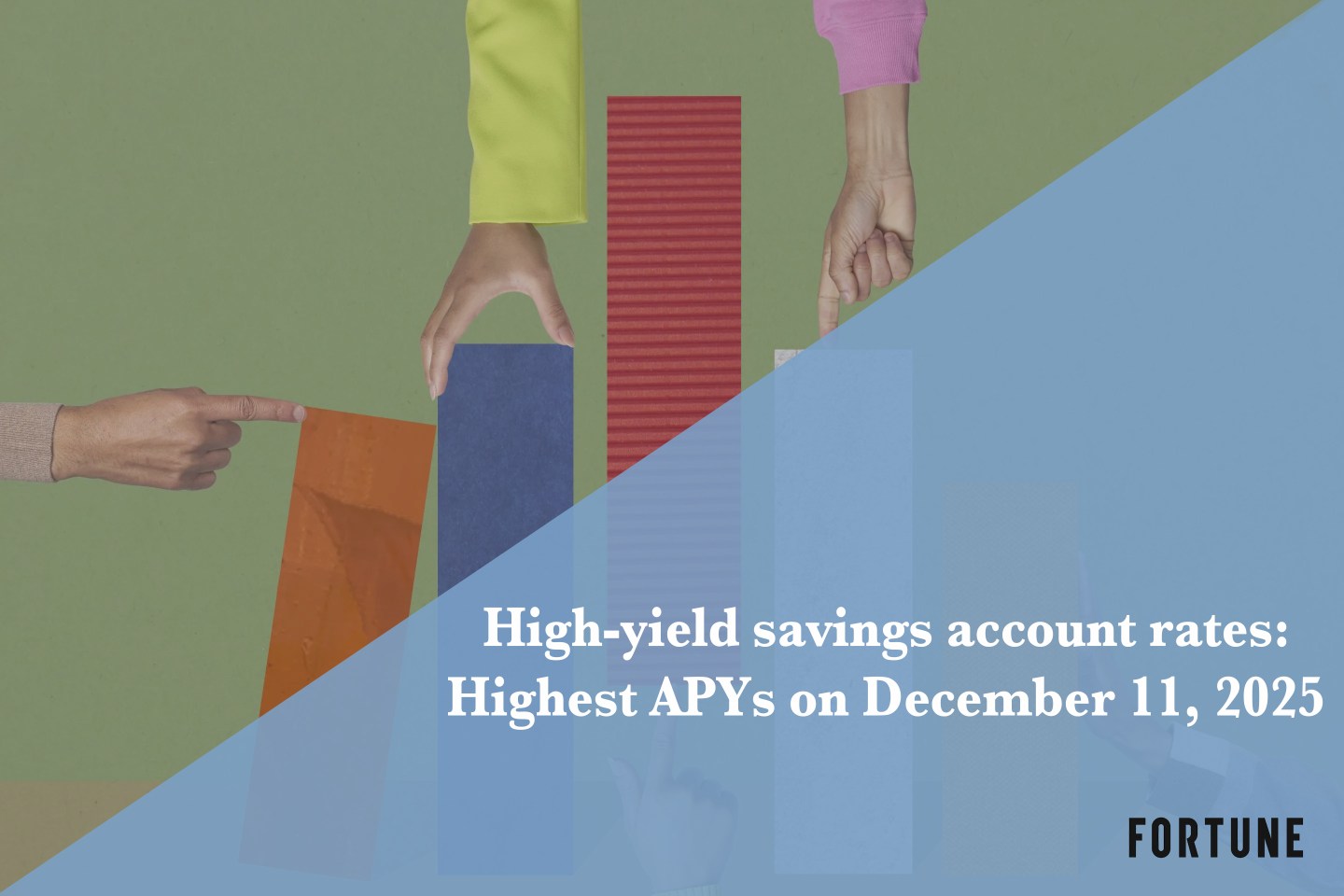The number of private credit deals that are changed after the initial deal is signed to include more risky terms for the lender is on the rise, according to Lincoln International, an investment bank advisory service that monitors that market. That’s a sign that there are potential “cracks” in the $3 trillion private credit market, according to Brian Garfield, Lincoln’s managing director and head of U.S. portfolio valuations.
Garfield told Fortune that the broader private credit market is healthy and companies borrowing within it are largely growing their revenue and profits. But the number of companies taking on new debt featuring “payments-in-kind,” or PIKs, had increased.
A PIK typically involves allowing a borrower to forgo making the usual interest payments on their debt in favor of adding that interest to the principal balance of the debt, which becomes due when the debt matures. PIKs usually use a higher interest rate to compensate the lender, who is taking the extra risk. Companies that take PIKs often do so because they are trying to conserve cash in the short term.
PIKs aren’t always a negative thing, although they tend not to be used by companies with strong balance sheets. If a PIK is built into a deal from the start, then both sides know what to expect, and the lender will be compensated with a richer yield when the PIK matures. That might count as a “good PIK.”
The number of private credit deals featuring PIKs of any kind rose from 7% of deals in Q4 of 2021 to 10.6% in Q3 2025, Lincoln’s data shows. The company looked at 25,000 company valuations this year, using data from over 225 asset managers globally, including investors in venture capital, corporate debt, and private credit. Most of the deals included in the data are private-equity-backed, Garfield said.
On top of that, the percentage of PIK deals that Lincoln regards as “bad PIKs” is also on the rise. Lincoln defines a bad PIK as when a PIK is added to a private credit loan after the original deal was signed off—implying that the borrower experienced some sort of negative surprise that added more risk (and consequently more potential reward) to the deal for the lender, requiring the deal to be adjusted.
In Q4 of 2021, only 36.7% of PIKs were bad, Garfield said. But in Q3 of 2025, that portion was 57.2%—meaning that a majority of PIKs in private credit deals reviewed by Lincoln are now “bad PIKs.”
“There’s cracks in the private markets,” Garfield said.

“There are observable cracks because you’re seeing the fact that there’s a lot more PIKs, and that just presents a crack in itself,” Garfield said.
However, because 68% of companies in Lincoln’s database grew their revenue over the preceding 12 months, and because 62% grew their adjusted earnings before interest, tax, depreciation, and amortization (or Ebitda), Garfield doesn’t think the cracks are a crisis. “We’re not really seeing that it’s breaching the foundation,” he said.
Cracks, but not yet a crisis
Asset managers are seeing the same thing.
“There has been a little bit of an increase in distressed borrowings or distressed loans on the part of private credit lenders,” Guy LeBas, chief fixed income strategist at Janney Capital Management, a wealth manager that advises on about $170 billion in client assets, told Fortune. “It doesn’t seem to be absolutely massive, and I think really the best defense that the private credit markets have for a little bit of an uptick in defaults into stress is the fact that they’re generating between 8% and 12% [interest] coupons. So, as a result, you’re paid pretty well, even if defaults rise somewhat.
“There’s tons of ‘anecdata’ as well as handfuls of actual numeric data that all point towards deterioration of credit quality among private credit borrowers. Absolutely. There’s really no doubt about that,” LeBas continued. “It’s just that the compensation for that risk is so large that you can afford a material amount of deterioration before you’d see underperformance of private credit relative to a lot of public alternatives.”
Len Tannenbaum, founder of Tannenbaum Capital Group, a group of affiliated asset managers with $1 billion under management, told Fortune that he thought Lincoln’s estimate of PIK prevalence was low. “I think 10% probably is a low number. I don’t have the data to support it, but I’m sure that I’ve heard 12% to 15% is the number,” he said.
Tannenbaum also said he was worried about the widening of private credit spreads over Treasuries—the extra premium in interest yield that investors demand above the risk-free government bond rate—and the amount of leverage that some investors had placed on top of that.
“I think you’re gonna see more leverage in this system than people understand,” he said.












